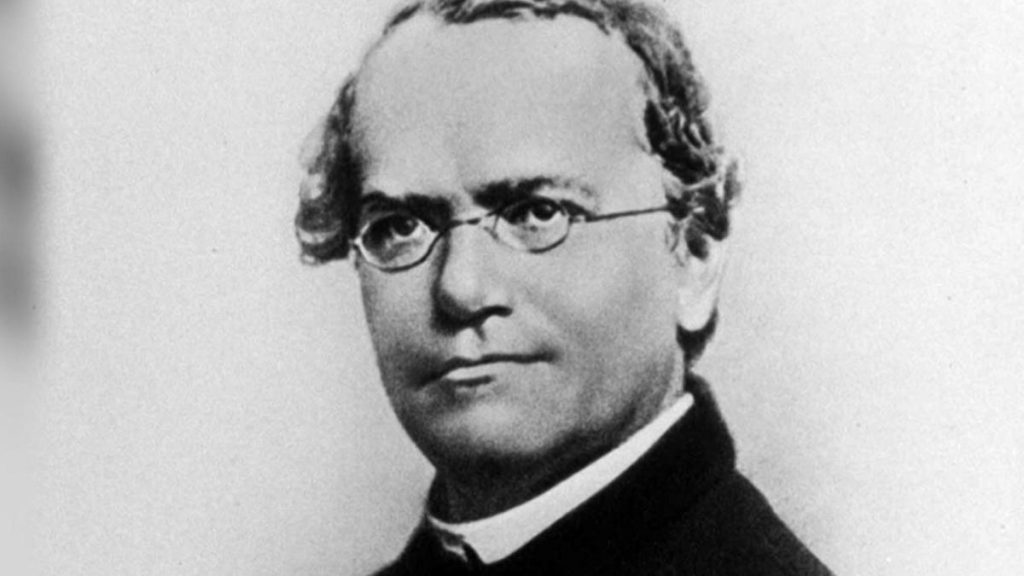What You Should Know about Gregor Mendel’s Research
5 min read
Before stating the contributions of Gregor Mendel’s research in the field of genetics, it would be better to discuss who Gregor Mendel is first.
Brief background of Gregor Mendel:
The full name of Gregor Mendel was Gregor Johann Mendel. He was born on July 20, 1882, in Heinzendorf. He originally belonged to a German-speaking family. In his early life, Mendel worked as a Gardner. Then, in teenage years, the young scientist went to the Philosophical Institute in Olmütz Olomouc. Augustinian Abbey of St. Thomas was his destination in the year 1843. In 1874, Johann Mendel adopted the monastic life. Hence, due to religious touch, the young Johann Mendel later became Gregor Johann Mendel. Four years later, Gregor was intended as the priest. Later, in 1851, for higher education, Gregor was sent to the University of Vienna to study. In 1853, he came back to his abbey, and started teaching physics.
Although Mendel completed his education in Physics, his bond with other Professors at the abbey specialised in plants variations reshaped his interests. From 1856 to 1863, Gregor Mendel’s research was at its peak. He cultivated, and tested over 28,000 pea plants in the monastery’s experimental garden. The series of experiments revealed new facts to Mendel. He worked on ‘inheritance of traits in pea plants’, and it made him ‘the father of Genetics’. He stated that the traits follow a particular pattern of inheritance. These facts, after passing the testaments, became the Universal laws.
Early Life
In 1865, in Moravia, Mendel studied twice read “Experiments on Plant Hybridization”. This was one of his scientific papers. Though, at this time, the paper was not published. And about one year later, in 1886, this paper was published for public awareness. In fact, this paper was published in Proceedings of the Natural History Society of Brunn. But it remained unnoticed for several years. In thirty five years, his paper was cited only three times. In 1868, as an abbot, Gregor Mendel’s became more inclined towards his administrative responsibilities. He left taking an interest in scientific work and started efforts for tax abolition regarding religious foundations. Mendel’s life is full of religious, and scientific contributions. On January 6, 1884, Genetics lost its father in Austria-Hungary due to chronic nephritis. Indeed, Mendel’s departure is a big loss for the scientific world, and monastery.
Mendel’s life is all about a journey of a young Gardner to a priest. Later the priest became the professor who, in a few days, became the father of genetics. In short, we can say that Gregor Mendel’s Research, specifically in plants and his evergreen laws of inheritance, still make him alive in our books, in our minds, and in the scientific world. Here top experts from a research paper writing service will discuss Gregor Mendel’s Research contributions one by one.
Mendel and His Peas
Before Gregor Mendel’s Research work, the fundamental theory of the time was blending. Blending explains that the offspring’s traits are a mixture of the parent’s characteristics. The scientists explained that a hybrid cross over generations would revert to its original characteristics. Farmers of the time believed that selective breeding in plants could help them in attaining favourable outcomes. But they don’t know why this happens. Mendel being a Gardner in his early childhood, was curious in knowing the facts behind this phenomenon. The motto of Gregor Mendel’s Research was to know ‘How plant hybridisation worked.’
Gregor Mendel’s Research started work on the garden peas. He selected it because peas have a short generation time. This is because he would not have to wait for years to see the results of breeding on other generations. Peas have a limited number of genes and traits as compared to complex animals, so Mendel wisely selected them for checking the effects of hybridisation. Further, the peas are hermaphrodites. This is where both male, and female organs are present within a single plant. Even before buds open, the pea’s plant can self-fertilise. Further, for breeding a large number of plants need small space. Gregor Mendel’s Research needed eight years to complete (1856-1863).
Mendel’s laws of inheritance:
Gregor Mendel, after 8 years of struggle, concluded that the gene (unit of inheritance) lies in pairs (alleles). But they never transmit it to the next generation as alleles. They travel independently (one from each parent).
Further, Gregor Mendel explained the appearance of traits in offspring. He introduced the concept that in pairs, one gene can recess the other one. The dominant genes explicit their phenotype whiles the others (recessive genes) can’t. The mathematical pattern (punnet square formula) helped him a lot in updating the status of these facts as Universal laws.
Mendel’s Law of Segregation:
In Mendel’s first law of inheritance, he explained that each phenotype appears by a gene pair. The pair of genes segregate into a separate sex cell. This separation results in each sex cell with only one gene from the pair. At fertilisation, one gene from male, or other from the female sex cells units and combinations in traits occurs. This phenomenon not only causes variations in offspring, an advantage of cross-fertilisation. But it also maintains a constant number of chromosomes in different species.
The Law of Independent Assortment
This law explains that the genes of different characteristics are inherited separately. Due to this, the inheritance of one trait is independent of the other traits’ inheritance.
The Law of Dominance:
The law of Dominance explains another basic phenomenon about the appearance of different phenotypes in the offspring. According to this law, an individual’s phenotype is a result of the interaction of parental genes. If two different parental genes unite in one offspring, then only the trait carried by the dominant gene will have an impact.
Re-discovery
Till the 20th century, the significance of Mendel’s work remained unappreciated. Latter, Gregor Mendel’s Research laid the foundation of genetics. In 1900, Hugo de Vries and other scientists like Carl Erich Correns performed hybridisation experiments. Afterwords and Tschermak von Seyseneg also reported Gregor Mendel’s Research as experimental evidence. Since the 1990s, Mendel’s laws have acted like pillars of the subject, where Mendel himself is known as the father of Genetics.





